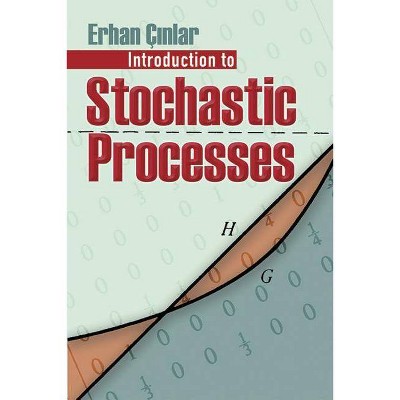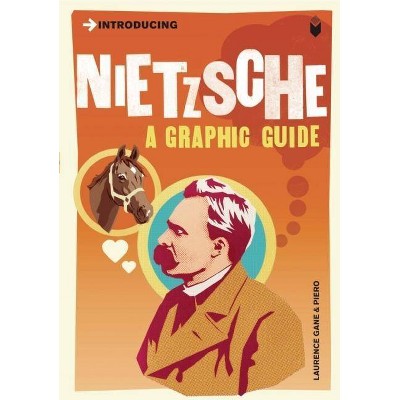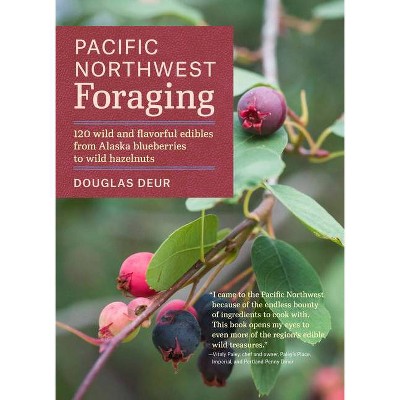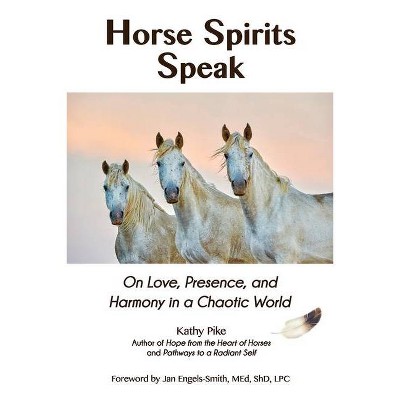Introduction to Ore-Forming Processes - 2nd Edition by Laurence Robb (Paperback)

Similar Products
Products of same category from the store
AllProduct info
<p/><br></br><p><b> About the Book </b></p></br></br>"It is now more than a decade since the first edition of this book appeared, during which time a great deal has happened in furthering the knowledge of metallogeny and earth system science. Our understanding of global tectonic processes and the nature of crustal evolution continues to influence the practice of economic geology and assists in maintaining the supply of natural resources in a responsible and sustainable way. The economies of developing nations continue to grow so that a greater proportion of people than ever before enjoy the benefits of a lifestyle that befits the 21st Century. However, the global economy, and the natural resources industry in particular, remain cyclical in that security of supply of strategically important commodities has become a major problem - one result of this is the identification of 'critical metals' whose supply cannot be regarded as sustainable in the short or medium term. Despite the fact that new metallotects are still being discovered - and even exploration for metals in the deep ocean and outer space mooted - the replenishment of depleted natural resources is becoming more difficult and environmentally demanding. In order to mitigate these problems, the responsible custodianship of natural resources is more necessary than ever before and there is a continuing need for all earth scientists to understand metallogeny and the resource cycle"--<p/><br></br><p><b> Book Synopsis </b></p></br></br><p><b>A comprehensive account of ore-forming processes, revised and updated</b></p> <p>The revised second edition of <i>Introduction to Ore-Forming Processes</i> offers a guide to the multiplicity of geological processes that result in the formation of mineral deposits. The second edition has been updated to reflect the most recent developments in the study of metallogeny and earth system science.</p> <p>This second edition contains new information about global tectonic processes and crustal evolution that continues to influence the practice of economic geology and maintains the supply of natural resources in a responsible and sustainable way. The replenishment of depleted natural resources is becoming more difficult and environmentally challenging. There is also a change in the demand for mineral commodities and the concern around the non-sustainable supply of 'critical metals' is now an important consideration for planners of the future. The book puts the focus on the responsible custodianship of natural resources and the continuing need for all earth scientists to understand metallogeny and the resource cycle. This new edition: </p> <ul> <li>Provides an updated guide to the processes involved in the formation of mineral deposits</li> <li>Offers an overview of magmatic, hydrothermal and sedimentary ore-forming processes</li> <li>Covers the entire range of mineral deposit types, including the fossil fuels and supergene ores</li> <li>Relates metallogeny to global tectonics by examining the distribution of mineral deposits in space and time</li> <li>Contains examples of world famous ore deposits that help to provide context and relevance to the process-oriented descriptions of ore genesis</li> </ul> <p>Written for students and professionals alike, <i>Introduction to Ore-Forming Processes</i> offers a revised second edition that puts the focus on the fact that mineral deposits are simply one of the many natural wonders of geological process and evolution.</p><p/><br></br><p><b> From the Back Cover </b></p></br></br><p>The revised second edition of <i>Introduction to Ore-Forming Processes</i> offers a guide to the multiplicity of geological processes that result in the formation of mineral deposits. The second edition has been updated to reflect the most recent developments in the study of metallogeny and earth system science. <p>This second edition contains new information about global tectonic processes and crustal evolution that continues to influence the practice of economic geology and maintains the supply of natural resources in a responsible and sustainable way. The replenishment of depleted natural resources is becoming more difficult and environmentally challenging. There is also a change in the demand for mineral commodities and the concern around non-sustainable supply of 'critical metals' is now an important consideration for planners of the future. The book puts a focus on the responsible custodianship of natural resources and the continuing need for all earth scientists to understand metallogeny and the resource cycle. This new edition: <ul> <li>Provides an updated guide to the processes involved in the formation of mineral deposits</li> <li>Offers an overview of magmatic, hydrothermal and sedimentary ore-forming processes</li> <li>Covers the entire range of mineral deposit types, including the fossil fuels and supergene ores</li> <li>Relates metallogeny to global tectonics by examining the distribution of mineral deposits in space and time</li> <li>Contains examples of world famous ore deposits that help to provide context and relevance to the process-oriented descriptions of ore genesis</li> </ul> <p>Written for students and professionals alike, <i>Introduction to Ore-Forming Processes</i> offers a revised second edition that puts a focus on the fact that mineral deposits are simply one of the many natural wonders of geological process and evolution.<p/><br></br><p><b> About the Author </b></p></br></br><p><b>LAURENCE ROBB</b> is Visiting Professor in Economic Geology at the Department of Earth Sciences, University of Oxford. He continues to work on the metallogeny of the mineral districts of the African continent and also in SE Asia. He served a term as President of the Society of Economic Geologists in 2017.
Price History
Price Archive shows prices from various stores, lets you see history and find the cheapest. There is no actual sale on the website. For all support, inquiry and suggestion messagescommunication@pricearchive.us




















